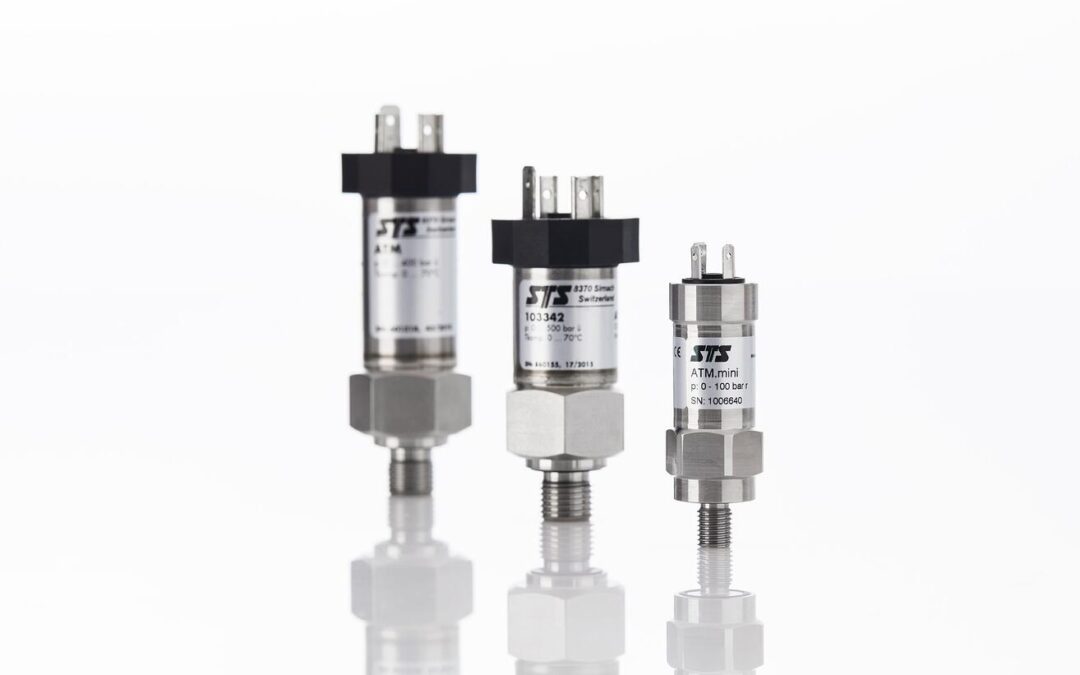Regarding electromagnetic compatibility (EMC), the demands of the individual application are decisive: Although we live in the age of digitization, this does not mean that “digital” is always the best solution. This also applies to pressure transmitters.
Analog pressure transmitters have been known for over 150 years and have been created as a result of the Industrial Revolution. They have survived almost unchanged for a long time. Modern production processes have produced more stable, more accurate and smaller analog pressure transmitters. The emergence of digital pressure measurement technology in the second half of the last century could not displace their analog relatives. There are good reasons for this: digital pressure transmitters are not suitable for every application.
Digital vs. analog pressure sensors: comparison
The signal of analog devices is transmitted as an analog current or voltage signal. The most commonly used is the 4-20 mA standard signal, followed by 0-10 V, and less often 0.5 – 4.5 Vrat. In piezoresistive pressure sensors, pressure is measured by the deformation of a membrane. The deformation of the membrane leads to a change in resistance to the diffused resistors connected to each other to form a Wheatstone measuring bridge. This resistance change is converted as an electrical signal. The compensation of zero or span error is also done via analog circuitry.
Digital pressure sensors use digital interfaces such as RS-485 with Modbus to transmit the measured values. Therefore, they can also be referred to as fieldbus transmitters. In contrast to analog pressure sensors, the electrical signal of the resistance change is directly digitized. The compensation of typical errors such as temperature error is realized through a microprocessor.
When are analog pressure sensors the best option?
This short comparison shows that digital pressure transmitters offer a multitude of advantages. These are also practical: the signal from an analog pressure sensor has to be digitized before it can be processed. If the measured value has to be directly visualized on a display, for example, a digital signal is an advantage. Moreover, digital pressure transmitters are the only option when measurements have to be made available remotely. Digital gauges are also important when pressure is used as a control variable in an automated process control system.
Both digital and analog pressure transmitters can deliver high-precision results. Nevertheless, digital pressure transmitters have a slight advantage, particularly in applications with very high accuracy requirements since all compensations are purely digital. However, if dynamic processes need to be measured, analog pressure sensors are often the better option.
Despite this apparent superiority of digital pressure sensors, their analog counterparts are still useful. On the one hand, the distinction between analog and digital is also a matter of costs. If you do not need the advantages of a digital measuring instrument, you should not pay extra for it. However, this economic consideration is not the only reason why analog devices are more suitable than digital ones in some cases: The 4-20 mA standard output signal used by most analog pressure transmitters is largely immune to inductive coupling.
Inductively coupled noise: things to consider
Analog pressure transmitters are often the safest choice when used in an environment with high voltage noise caused by magnetic fields. Still, this is not a reason to completely forgo digital pressure transmitters in such environments. Precautions can prevent or sufficiently restrict interference from inductive coupling when installing the pressure transmitter.
Take a pump application as a simple example in this regard. When switching on the pump, there is a momentary high current flow that creates a correspondingly large magnetic field. If the connecting line of the pressure transmitter is installed parallel to the pump, it is within the influence of this magnetic field. The resulting voltage causes interference in the pressure transmitter. The disturbances vary depending on the pressure transmitter: With analog devices there is a “noise” in the measured values. With digital pressure transmitters, the signal transmission can completely collapse.
In this example, it would therefore be advisable to carefully consider the position of the connecting line during installation. However, this might not be an option in some applications. In this case, the cable screen should be properly grounded to divert the interference signals into the earth (read more about grounding here).
